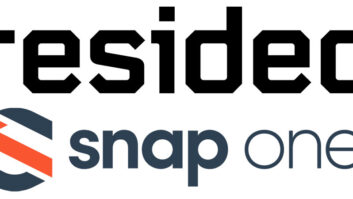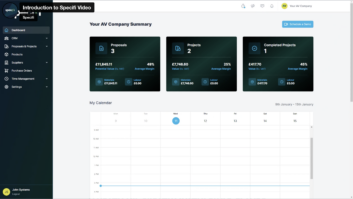Love him or hate him, Robert Moses is considered one of the greatest urban planners of the 20th century. The master builder was instrumental in creating modern New York City, Long Island, and Westchester County. He literally changed shorelines, built roadways in the sky, and transformed vibrant neighborhoods forever. His decisions, favoring highways over public transit, helped create the modern suburbs of Long Island and influenced a generation of engineers, architects, and urban planners who spread his philosophies across the nation.
The heavy-handed Moses was eventually thwarted by a group of activists, led by author Jane Jacobs, when he threatened to build a superhighway through the heart of New Yorks charming Greenwich Village. And, although his contributions remain controversial today, historians believe that Moses made New York City viable for the 21st century by building an infrastructure that most people wanted and that has endured.
Unlike Moses, many of us have no strategic plan at all. Do you have one for your business or do you simply react to challenges as they arise?
In his session at the CEDIA Management Conference in February, SpeakerCrafts Steve Hayes related some of his strategic planning experience from his days as co-owner of Custom Electronics in Falmouth, Maine. During that time, Hayes and fellow owner Ken Smith went so far as to create a board of advisors with four of their big clients, who were willing to share their business knowledge and wisdom as they built their strategic plan.
Whether or not you choose to hire a board of advisors, you should create a strategic plan, and doing so involves four key elements: background, inward, outward, and forward.
Background focuses on your organizational history, philosophy, and values. These are the values that you need to believe in and live by. At this stage you must honestly evaluate your companys performance, focusing on your strengths and weaknesses, successes and failures. Consider the lessons that youve learned, and mistakes that you hope to avoid repeating.
The inward portion of your strategic plan focuses on your core values and beliefs. Are you honest? What will you not compromise under any circumstances? This is where you establish guiding principles (i.e. rules) for your employees. You should answer the basic questions of your employees and create a roles and responsibilities chart.
This is also the part of the exercise where an owner must honestly assess their current economical situation. Not only should they ask themselves where the company stands economically, but how good are you as an owner?
The outward portion on your strategic plan is your key stakeholder analysis. This when you consider the people who have the most impact on your companys success or failure. Similar to Hayes and Smiths advisory board, this is the time to bring some of these people in your planning process. Prioritize the potential impact that certain people have on your company. Make notes on which ones you would like to get help from in your planning process.
Consider your external environment at this stage as well. What is happening in the markets that you serve? Is there inflation in town, new jobs, or new competition? Think about the housing bubble. With 4,400 housing starts a week, it might be smarter to outsource your extra labor for a while, so youre not forced to lay off anyone if the bubble bursts. This is also a good time for trends analysis. You can find free trend predictors everywhere.
Finally, the forward portion of your strategic plan is where your real vision resides. Now is the time to establish your preferred future scenario. Where do you see yourself in five or ten years? You may even want to hire an exit strategist to help you build your retirement plan.
If you dont have a strategic plan, its not too late to make one. Its your chance to honestly assess your current reality and compare it to your future self. Your strategic plan may not involve building the Triborough Bridge or pushing the Dodgers out of Brooklyn, but you will simply be lost without one.







